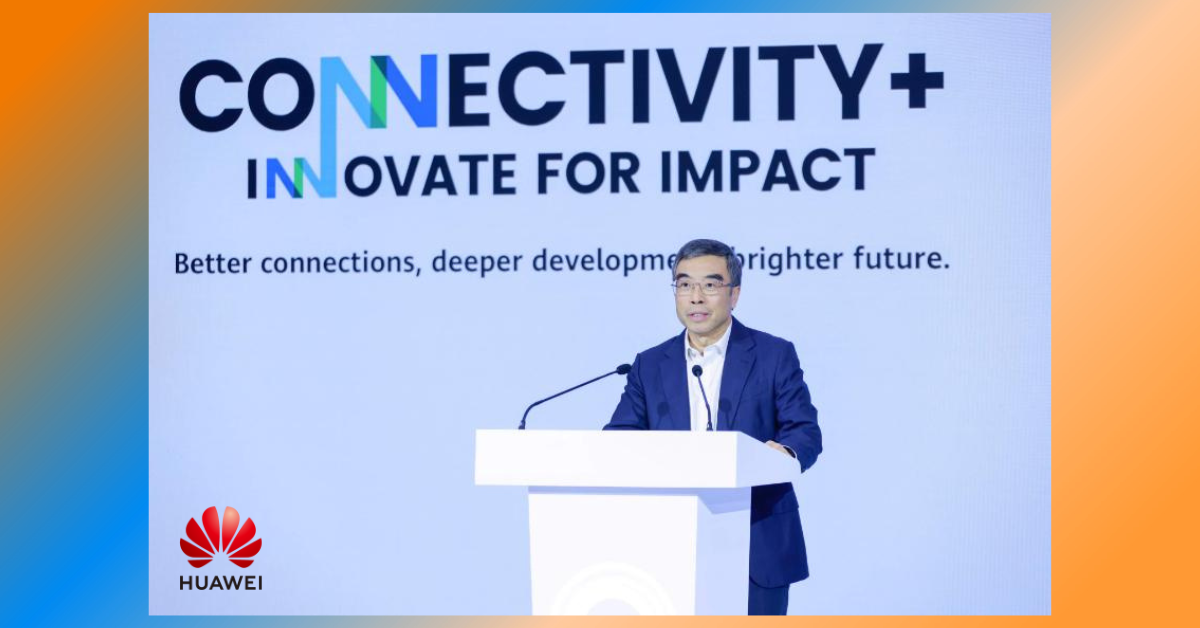A global commitment to join the International Telecommunication Union’s (ITU) Partner2Connect digital alliance has been signed by Huawei aimed at bringing connectivity to around 120 million people in remote areas in more than 80 countries by 2025.
“It is clear connectivity alone is not enough. It must be affordable, the content must be relevant and in the local language, and users must have the skills to make best use of it,” said ITU Deputy Secretary-General Malcolm Johnson. “Thank you to Huawei for their support of the Partner2Connect (P2C) Digital Coalition, and for their announced P2C pledges in the key areas of rural connectivity and digital skills,” according to Liang Hua, Chairman of Huawei, as he announced the decision at the company’s 2022 Sustainability Forum, Connectivity+: Innovate for Impact.
The forum explored how ICT innovation could unleash the business and social value of connectivity and drive sustainability in the digital economy era. Speakers at the event included senior leaders from the ITU and United Nations.
Siddharth Chatterjee, United Nations Resident Coordinator in China, called for “multi-stakeholder partnerships” of policymakers, the private sector, academia, and civil society to close “the sobering reality” of a digital divide that excluded a third of the global population.
“Our dynamic world urgently needs improved digital cooperation to capitalize on the transformational potential of technology to create new jobs, boost financial inclusion, close the gender gap, spur a green recovery and redesign our world to be more prosperous and inclusive,” he said. “Now is the time to act”.
In his keynote address, Dr. Liang stressed that access to a stable network was a basic requirement and right in the digital age. For many who remain unconnected, access to reliable connectivity would mark the first step towards transforming their lives.
Huawei Philippines is working together with local organizations to initiate Bohol Cacao Livelihood Recovery and Rehabilitation Program to help cacao farmers.
As one of the biggest manufacturers of cacao in the Philippines, cacao farming is one of the primary sources of income for farmers in Bohol, but over 20,000 cacao trees were affected by Typhoon Odette last year. In order to help strengthen and create stability in the cacao industry in Bohol, the farmers will receive two days of training in cacao rehabilitation and restoration, integrated pest and disease management, cacao harvesting, and post-harvest care. QR Codes will also be implemented to aid in cocoa inventory and traceability. They can readily know and track the condition and state of cacao trees using the QR Code.
According to a report released by GSMA last July, based on Speedtest Intelligence data, Singapore led Southeast Asia on median 5G upload speeds in Q1 2022, Thailand and the Philippines followed with 207.27 Mbps and 163.51 Mbps median download speed, respectively.
Connectivity is not just a tool for convenient communications but will help bring everyone into the digital world and provide them with access to more information and skills, better services, and wider business opportunities. This will, in turn, drive further social and economic development. Huawei said during the event.
As ICT infrastructure continues to evolve, innovative technologies like cloud and AI are allowing those in rural and remote areas to enjoy the convenience of a digital world. Huawei Cloud has proposed the Everything as a Service strategy and made Huawei’s more than 30 years of technical expertise and digital transformation experience available through cloud services. This means that access to Huawei’s digital infrastructure capabilities on the cloud is now just as easy, affordable, and sustainable as water and electricity.
Digital transformation, digital talent, and new business models are all essential for balanced development in remote regions. Huawei previously announced that by 2025, with the improved ICT infrastructure, the company will work with partners to enable 500 million people to enjoy digital financial services and 500,000 people to enjoy inclusive education.
In the Philippines, Huawei also empowers educators and learners in the new normal.
“To help the Filipinos get better digital education by providing diverse programs to teachers and students through innovative solutions. We are grateful to be able to contribute our effort in building a digital society in the Philippines,” said Daniel Guo, Huawei Philippines COO.
Launched in 2015, Huawei Seeds for the Future program has covered over 210 students for the past 8 years in the Philippines. ICT Academy cooperated with USeP, MSU-IIT, DLSU at the beginning, has partnered with almost 70 universities in the Philippines and covered more than 15,000 students.
Huawei is committed to inclusive development. Through its ongoing technological innovation, Huawei is contributing to a higher level of digitalization in remote regions, enabling everyone to enjoy the convenience of digital life, and promoting the balanced development of the global digital economy.


